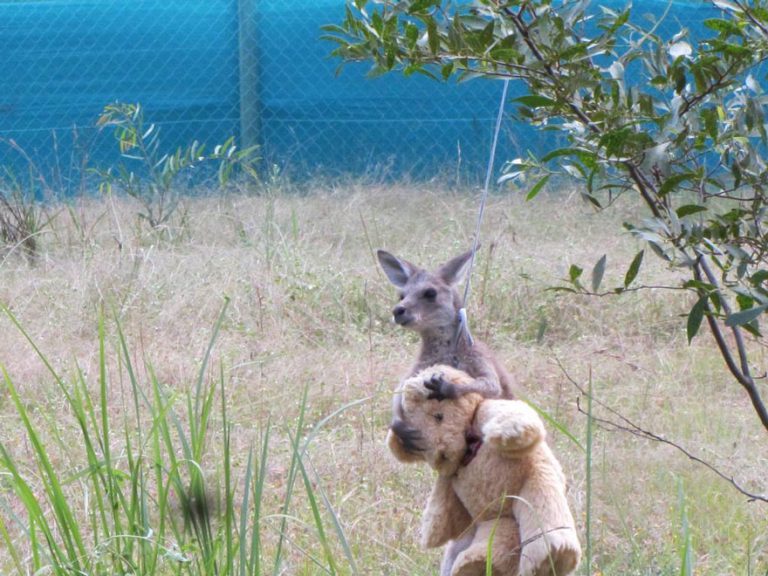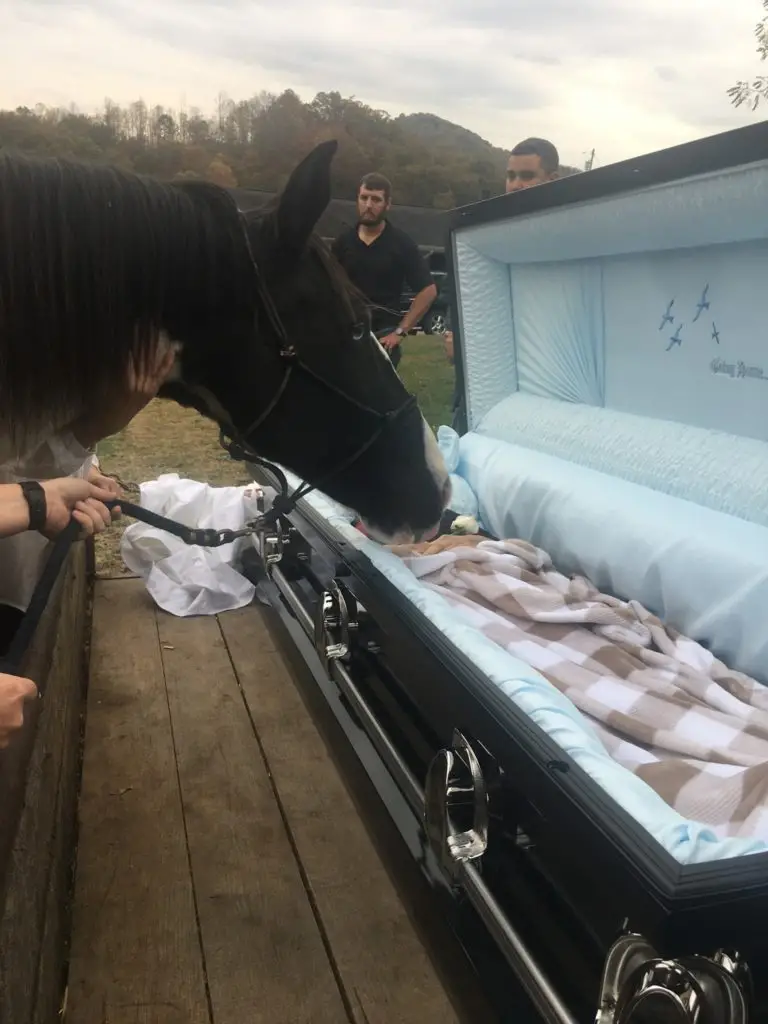Origin and Diversification of Birds During Evolution
Paleontology in the Dining Room
If you’ve ever celebrated the American Thanksgiving holiday, you’ve definitely eaten turkey, and you may have participated in the old and savage custom of obtaining the turkey’s wishbone and splitting it into two pieces… with your little brother Jimmy, your uncle Fred, or anybody else.
The person who receives the largest piece of the wishbone will have their wish granted, since that is how magic works, right?
If you know about or have participated in this strange process, you have held a bone known as a furcula, which is generated by the fusion of a bird’s clavicle bones.
Scientists have utilized the furcula as one of the most important pieces of evidence to determine where birds originated and where they belong on the grand tree of life.
What Is a Bird?
What are birds precisely? Some may respond, “Of course, I know what birds are” They are the small feathery creatures who defecate on my automobile. They stole my french fries from an outdoor cafe where I am seated. They sing among the bushes and other places. Etc, etc.”
Acceptable enough. However, you and I are looking for a slightly more nuanced response.
Birds can be described by their traits in their present form. However, a comprehensive definition of “bird” necessitates that we also consider their extensive history on Earth, which dates back millions of years.
Let’s begin with a summary of their characteristics and traits:
Birds have feathers first. There are no other animals on the globe that possess feathers.
Birds lack teeth in their jaws and have beaks instead. They lay eggs with a hard shell. They are warm-blooded and metabolically active. They had a four-chambered heart, in contrast to, for example, modern amphibians and reptiles, which only have three chambers.
Moreover, the skeletons of the vast majority of birds are comprised primarily of hollow bones, making them extremely light.
Consequently, these are the defining qualities of modern birds, their defining characteristics. I hope we can all agree on these points.
How Scientists Study the Evolution of Birds
What have scientists been doing to determine the evolutionary origin of birds and their place on the tree of life? What kinds of data are available to scientists for this purpose?
They have access to information regarding the anatomy and behavior of living birds. They have fossils as well. They are able to compare the anatomy of living birds with that of extinct, prehistoric animals.
In addition, we have an abundance of genetic data. We have genomic sequences for nearly all groups of extant birds. The analyses of these data can yield numerous helpful insights.
Let’s track how scientists reconstructed the evolution of birds using these diverse sources of evidence.
Archaeopteryx
We will begin with the 1800s. Particularly 1861. Archaeopteryx was discovered at that time. If you have heard of only one extinct bird, it is likely Archaeopteryx.
It resembles a rock star. No common name exists for this species. Simply Archaeopteryx lithographica. The first half of the scientific name, the genus, translates to “Ancient Wing” or “Ancient Feather.”

In 1861, the first Archaeopteryx fossil was discovered in a German limestone quarry. This animal is represented by roughly 12 fossils that have been dated to approximately 150 million years ago.
What makes Archaeopteryx so unique? Even when it was initially discovered in the mid-1800s, its significance was acknowledged.
This little species, around the size of a crow, possesses both bird and reptile features. Several fossils of Archaeopteryx exhibit wonderfully preserved feathers. Therefore, this creature had well-developed feathers on its forelimbs and tail.
However, it also contains reptile characteristics. It possesses sharp, pointed teeth within its cranium. In addition, it had a long, skeletal tail, which is absent in modern birds.
Archaeopteryx was neither an animal nor a reptile. There was a missing link between these two groupings.
You may recall that Charles Darwin’s On the Origin of Species was published in 1859. Then, just a few years later, these Archaeopteryx fossils began to appear.
Darwin and his friend Thomas Huxley, who argued convincingly that Archaeopteryx was a transitional form between dinosaurs and birds, found this discovery to be quite intriguing.
Thus, everything occurred in the 1860s. Thereon began the lengthy history of scientists attempting to determine the nature of birds.
Birds are dinosaurs
We now recognize that birds are reptiles; spoiler alert!
This may contradict what you were taught in school. According to my education, the vertebrate groupings consist of fish, amphibians, reptiles, birds, and mammals. Birds had their own identity. They look and act nothing like reptiles, right? You cannot fault us for considering these groupings to be distinct.
Nonetheless, a number of characteristics indicate that birds are really the descendants of reptiles.
What then makes birds reptiles? They share skeletal characteristics. Quite plenty of them. Examine their weights. Birds do possess scales. Check at the scales on the chicken’s foot, they’re quite bizarre.
The scales of birds and reptiles contain a specific protein called beta keratin. In addition, the egg architecture of reptiles and birds are comparable.
Consequently, this set of features unquestionably connects the two. There is no other group of living creatures connected to birds more closely than reptiles.
Snakes and lizards, turtles, crocodiles, tuataras, dinosaurs, and a few other extinct taxa are grouped together as reptiles, despite the fact that they are quite distinct and very loosely related.
Where then do birds fit into this?
Birds are Dinosaurs
Archosaurs were a group of reptiles that roamed the earth approximately 250 million years ago, before dinosaurs truly evolved. The archosaurs were already distinguishable from reptiles, snakes, and turtles.
After millions of years, one lineage of archosaurs diverged and evolved into dinosaurs. Another branch of archosaurs eventually evolved into crocodiles. Yet another became the Mesozoic’s famed flying reptiles, the pterosaurs.
By examining the skeletal morphology of birds, the majority of paleontologists could quickly agree that birds belong to the group of archosaurs. Cool. When did birds evolve into birds? When exactly did they break out from the other archosaurs to establish their reputation?
Perhaps it seems reasonable that the pterosaurs, which were flying reptiles, developed into birds. I believe that would be a reasonable assumption. However, keep in mind that pterosaur wings resemble bat wings.
Their power to flap was not derived from feathers, but rather from membranes of skin stretched between long fingers. Birds are only distantly related to pterosaurs. They are not ancestors to whom we can point.
Okay, let’s return to the evolution of the scientific community’s understanding of what birds are. From the time of Charles Darwin till the early 20th century.
As paleontologists discovered and studied an increasing number of dinosaur fossils, the wishbone, or furcula, returns to our narrative.
In dinosaur fossils, scientists were noting the absence of furcula, or clavicles. However, they discovered clavicles in older kinds of reptiles, such as the archosaurs, which were more primitive pre-dinosaur reptiles.
It is generally accepted that it is unusual, if not impossible, for an evolutionary lineage to lose something like clavicles by natural selection, continue without them for millions of years, and then abruptly re-evolve clavicles.
According to scientists, this must have occurred if dinosaurs were the direct ancestors of birds. Not likely by Jove! Dinosaurs lack clavicles, whereas birds do, hence they are not the ancestors of birds. Case. Closed.
“Birds are not dinosaurs.” This became the orthodox stance among the majority of scientists. For decades.
The ancestor of birds was a type of reptile that diverged prior to the emergence of dinosaurs as a major group. Birds are undoubtedly reptiles, but they are not dinosaurs.
Decades pass. World War II, Elvis, yadda yadda…
Then, in the 1960s, the Renaissance of dinosaurs began. At that time, newly found fossils and the work of a number of influential paleontologists began to alter our perceptions of dinosaurs.
During this time, current statistical methods were utilized to determine the links between dinosaurs and other prehistoric animals.
Paleontologists began to speculate, “Huh, there are so many skeletal similarities between birds and certain dinosaurs. Perhaps birds are actually a form of dinosaur.”
As more fossil evidence was gathered, it was discovered that our pal the furcula bone was indeed present in dinosaurs. The furcula and clavicles are fragile bones that do not fossilize effectively.
Therefore, prior to the Dinosaur Renaissance, they had been neglected. Our hunt for the ancestors of birds was suddenly no longer restricted to archaic archosaur lineages. The conventional belief that birds could not be dinosaurs might, at last, be discarded.
Now, let’s jump a bit forward in time to the 1990s. In the northern Chinese region of Liaoning, remarkable dinosaur remains were discovered. The majority of these fossils, which date back around 130 million years, are remarkably well-preserved. They possess feathers! Not the Archaeopteryx.
These creatures are dinosaurs of all sizes and shapes with freaking feathers. In addition, it was evident that many of these animals were NOT the direct ancestors of birds. In other words, an abundance of dinosaurs possessed feathers.
We now understand that feathers are not exclusive to modern birds. They constitute a crucial link between birds and dinosaurs.
However, there are numerous skeletal features. In addition, there is evidence that some dinosaurs had lung systems similar to those of contemporary birds, with many air sacs. In birds and certain dinosaurs, air sacs actually penetrate the skeleton.
How about additional evidence connecting birds and dinosaurs?
The sleeping posture of certain dinosaurs resembles that of modern birds. Some dinosaur fossils depict the animal’s head tucked under its arm in a sleeping position.
It is awful to consider these small dinosaurs passing away while they were asleep. However, the majority of us would like to pass away peacefully in our sleep. So… maybe it’s not so sad. I’m not sure.
There is evidence of dinosaurs caring for their young in the manner in which they incubated their eggs and the manner in which they raised their young, often in a communal herd setting. This is also consistent with the behavior of modern birds.
Furthermore, there is molecular evidence. We now have an abundance of genomic data indicating the links between living birds. We do not have genetic information from DNA from any extinct dinosaurs. Apologies, Jurassic Park.
Biologists have, however, discovered signs of soft tissue in dinosaur remains in a number of published studies. In the early 2000s, collagen proteins were recovered from fossils, most notably from the femur of a Tyrannosaurus. This is incredible!
The collagen protein fragments most closely resemble avian proteins. Cool, right? However, several of these findings have been questioned by other experts. With a fair amount of skepticism, science operates.
Furthermore, as Carl Sagan stated, “extraordinary claims deserve extraordinary evidence.” The assertion that proteins from 100 million years ago were discovered was exceptional, although at first, the evidence did not appear extraordinary.
However, more study has strengthened the claim. As additional ancient proteins are identified and the outcomes of these research withstand intense inspection, it appears that these molecular data constitute yet another convincing piece of evidence indicating that dinosaurs were the ancestors of birds.
Birds are Theropod dinosaurs
Imagine all the different dinosaurs you are familiar with. You have likely seen at least one Jurassic Park film. Can you name a few dinosaur species? T. rex is a certainty. Triceratops, Stegosaurus, and Velociraptor come to mind.
Which of these dinosaurs, among the numerous others, is most closely linked to birds?
Evidently, birds are theropod dinosaurs. Theropods are a well-known class of dinosaurs. Two-legged carnivores make up the majority of these creatures. The Greek translation of “Theropod” is “Beast Foot.”
The theropod Tyrannosaurus rex existed. Similar to Velociraptor. The strongest evidence for the relationship between theropods and birds is a suite of skeletal characteristics.
The Velociraptor is perhaps the closest ancestor of current birds of all the beloved dinosaurs shown in Hollywood.
We finally know where birds belong on the evolutionary tree: they are theropod dinosaurs.
The conclusion of the article? Not so quickly!
The earliest bird ancestor
Let’s dive deeper.
Earlier, I noted that there were a variety of dinosaurs that were known to have feathers. We may be inclined to refer to them all as ancient birds. We would be incorrect in many instances.
It has been difficult to determine which of the numerous feathered dinosaurs was the true ancestor of birds. There are around 30 dinosaur species with feathers of one form or another, primarily theropods, but some non-theropods have also been discovered with basic feathers. It is no longer logical to assert that only birds have ever possessed feathers.
Interestingly, these facts also show that feathers evolved before flight. Scientists no longer believe that feathers developed as a means of flight adaption.
The current theory holds that feathers developed either as a kind of insulation or as a means of communication among members of the same species.
Consider peacock feathers. In the eyes of the opposite sexe, a bird’s colorful, flamboyant plumage can make it appear utterly stunning. It would appear that feathers evolved for such uses.
After millions of years, feathers were discovered to be useful for flight. So first feathers, then flying.
Consequently, there were several dinosaurs with feathers during the Late Jurassic and throughout the Cretaceous. Some species had feathers that resembled hair, and scientists describe to these feathers as “dino fuzz.” Other species had feathers that resembled the wing feathers of living birds in size and beauty. Several of these dinosaurs were evidently not flying animals. Just because you had feathers did not imply that you were a lean and efficient flying machine.
Obviously, this explosion of variation among dinosaurs with feathers did not persist forever. All of these lineages became extinct. Except for one… the lineage of birds. The beginning of their story occurred approximately 165 million years ago.
Keep in mind that Archaeopteryx lived 150 million years ago, although this creature had highly developed feathers. Certainly it could glide, and perhaps it was also capable of some type of propelled, flapping flight. This is unsure. It took millions of years for feathers to evolve from scales. Therefore, the best estimate for the start of the bird lineage is between 160 and 165 million years ago. Archaeopteryx is not likely a direct progenitor of modern birds. At least, it is a cousin of the earliest birds.
Archaeornithura
Exists a single extinct animal for which we can declare, “There it is! This is the earliest real bird ancestor.”
Currently, the best solution is a 2015 discovery of a bird known by its scientific name, Archaeornithura meemannie. Archaeornithura meemannae, together. Scientific names are fun.
This creature existed approximately 130 million years ago in northern China.
Archaeornithura was a six-inch tall bird with rather long legs. It possessed a beak, a tail in the shape of a fan, and well-developed flight feathers. In numerous aspects, it resembles a contemporary bird. This is the best contender we currently have for the oldest genuine bird.
The Massive Extinction
An asteroid struck Earth 66 million years ago, and the accompanying catastrophe wiped out the vast majority of dinosaurs and other forms of life. Pterosaurs that once dominated the skies and filled numerous ecological niches around the globe were extinct. None of them survived the massive extinction. Many other animal species have likewise vanished.
When a door closes, another door opens.
When the dust settled, there were numerous opportunities for the surviving birds, those little, flying theropod dinosaurs that had survived. Untapped food resources were available for free use. The same applied to nesting and feeding areas.
In the few million years following the Great Extinction, birds underwent a period of rapid evolution, adjusting to new niches and diversifying into the numerous species we recognize today. This is known as adaptive radiation. Approximately the same thing happened with mammals. We’re lucky, right?
Regarding the evolution of birds, there are numerous unsolved questions. Many scientists throughout the world are working diligently to provide answers.
One question we can answer immediately is, “Who are the birds’ closest living relatives?”
We have determined that birds are reptiles and, more precisely, dinosaurs.
Perhaps you deduced this from our brief conversation about archosaurs a few minutes ago. The correct response is crocodiles. Crocodiles and alligators, as well as birds, are descendants of archosaurs. Consequently, crocodiles are the closest living relatives of birds. Birds are distantly related to other modern reptiles such as lizards and snakes.
I can safely assume that you enjoy birds, which is likely why you are listening to this episode. However, astonishingly, there are people in the world who are not particularly interested in birds. Perhaps you know someone similar.
I assume that many of those who disregard birds find dinosaurs fascinating. They should have known that birds are dinosaurs! Suddenly, a lightbulb would illuminate over their heads, and they would realize that, logically and unavoidably, birds must be cool.
I’m not certain that would work, but I wish it did.
This concludes my brief examination of the genesis of birds. In a very brief summary. We could cover much more ground on this topic. However, we’re attempting to avoid getting mired down in the details here. Our lives are hectic; we have things to accomplish.
I hope you have a better idea of the current understanding of the genesis of birds.
If you weren’t previously considering birds to be dinosaurs, I hope this alters your perception. The discovery that birds are dinosaurs is one of the best things in my opinion. Dinosaurs still exist today. They are present every day. This significant shift in perception occurred during my lifetime.
I can now go to the store and look at children’s toys, which include plastic dinosaurs with feathers. This was not prevalent 20 or 30 years ago. Kids are now looking at me and thinking, Of course birds are dinosaurs; you’re a fool. Everyone is aware of this. Duh.
Read more from us: Kitten Hug Every Cat and Dog She Meets






